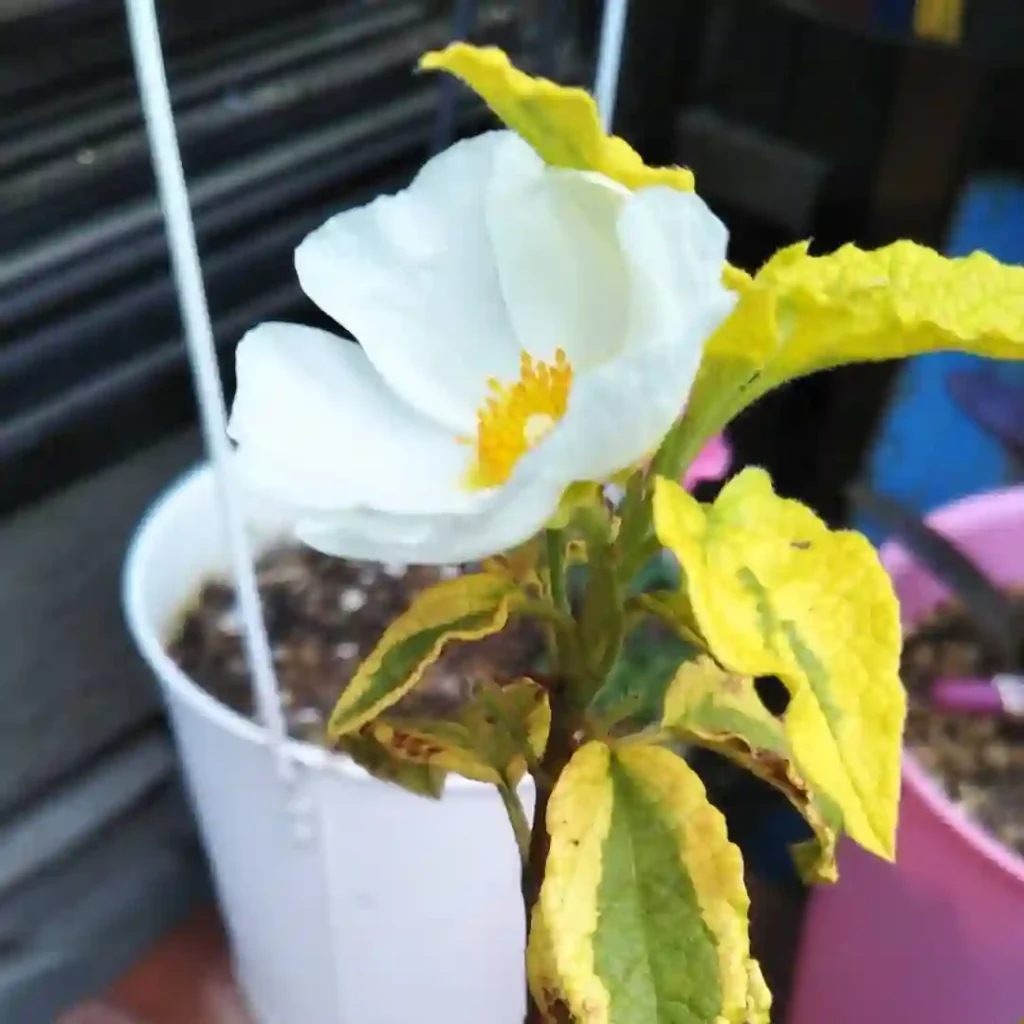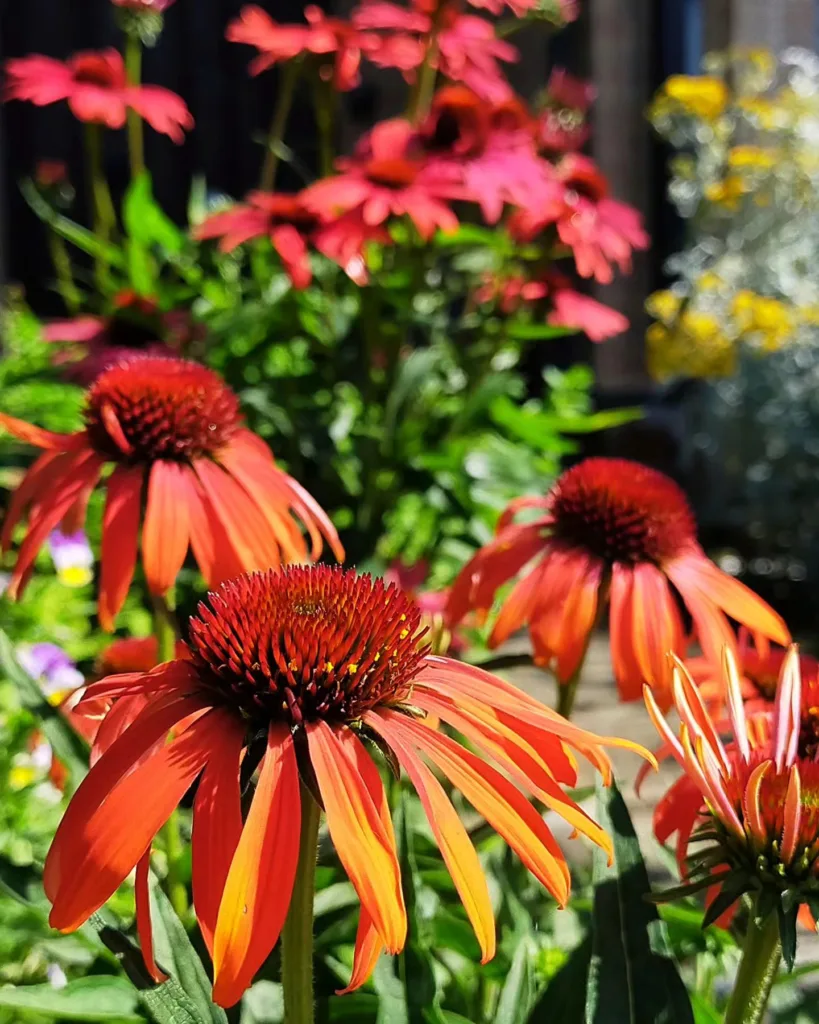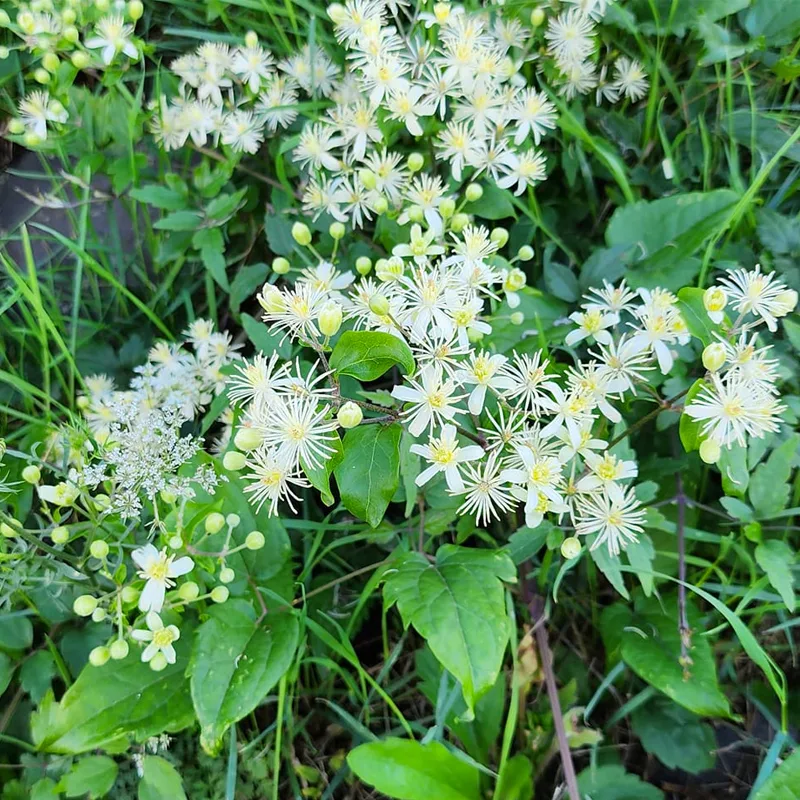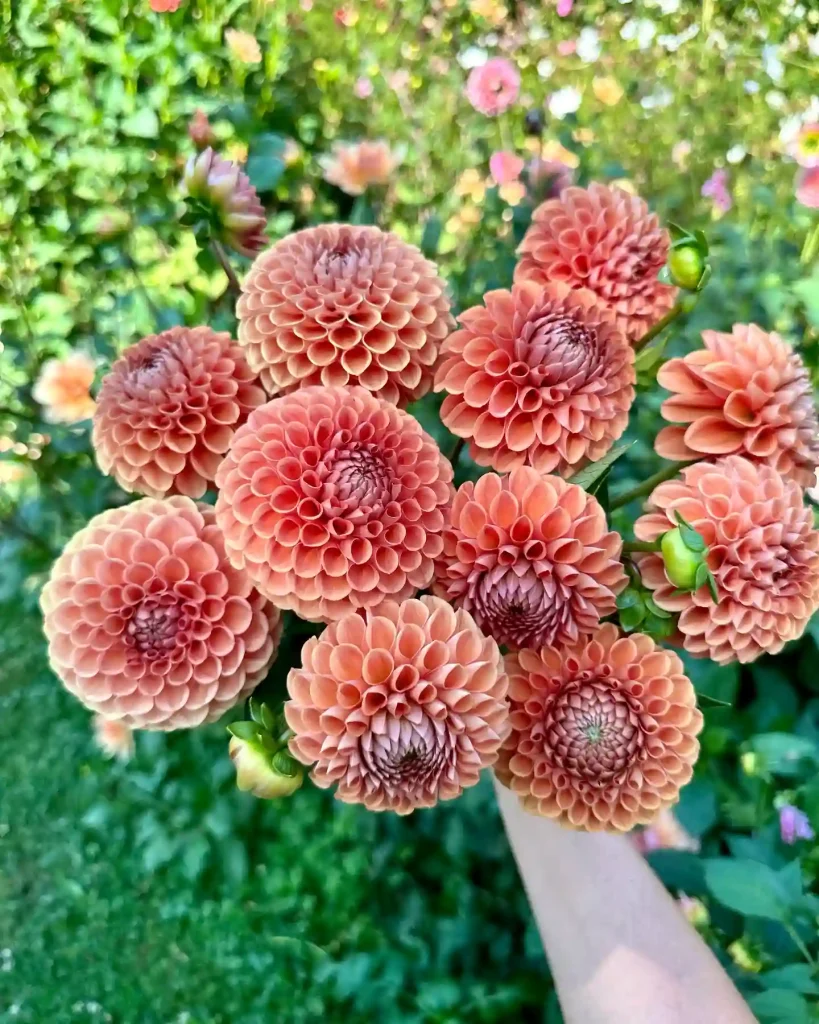
The Enduring Appeal of Pinus densiflora: A Gardener’s Guide
For years, I’ve been captivated by the rugged beauty of pines. Their evergreen resilience and sculptural presence add a timeless quality to any landscape. Among these, Pinus densiflora, the Japanese Red Pine, has a special place in my heart.
This majestic tree, native to East Asia and Siberia, isn’t just visually striking; it’s also surprisingly adaptable. Over the years of cultivating bonsai and tending to my garden, I’ve come to appreciate the unique characteristics of Pinus densiflora and its suitability for various planting schemes.
In this article, I’ll share my experience and knowledge about this remarkable tree, covering identification tips, care requirements, and its place in your garden.
139 Species in Genus Pinus
How to Identify Pinus densiflora?
Before incorporating any tree into your landscape, proper identification is key. Here are some telltale signs that will help you recognize Pinus densiflora:
- Bark: Unlike many pines with rough, furrowed bark, Pinus densiflora boasts a reddish-orange to brown bark that flakes and exfoliates in thin plates. This gives the tree a distinctive, almost textured appearance.
- Needles: The needles come in pairs, reaching lengths of 2-4 inches. They’re a soft, light green and cluster in small bundles at the branch tips.
- Habit: Pinus densiflora can grow in a variety of forms, from straight and upright to gracefully contorted with horizontal branches. This versatility allows for interesting design elements.
- Cones: The mature cones are small, typically around 2-3 inches long, with a glossy, reddish-brown color.
Is Pinus densiflora Xeric?
Absolutely! Pinus densiflora thrives in well-drained soils and tolerates dry conditions remarkably well. This makes it an excellent choice for xeriscaping, a water-wise approach to landscaping that prioritizes drought-resistant plants. Its native habitat in East Asia often experiences periods of low rainfall, so it’s naturally adapted to conserve water.
How to care for Pinus densiflora?
Here are some key things to keep in mind when planting and caring for your Pinus densiflora:
- Light: This pine thrives in full sun, needing at least 6-8 hours of direct sunlight daily.
- Soil: While adaptable, Pinus densiflora prefers well-drained, slightly acidic soil. Sandy or loamy soils are ideal.
- Watering: Once established, Pinus densiflora requires minimal watering. Deep watering during prolonged dry spells is sufficient.
- Fertilizing: Avoid over-fertilizing. A light application of a balanced fertilizer in early spring is enough to encourage healthy growth.
- Pruning: Pinus densiflora can be pruned to maintain its desired shape. However, extensive pruning is unnecessary as the tree naturally develops an attractive form.
Pinus densiflora in Your Garden
The beauty of Pinus densiflora lies in its versatility. Here are some inspirational ideas for incorporating it into your landscape:
- Specimen Tree: Plant a single Pinus densiflora as a focal point in your garden. Its sculptural form and evergreen foliage create a striking year-round statement.
- Bonsai: Pinus densiflora is a popular choice for bonsai enthusiasts due to its ability to be trained and maintained in a miniature form.
- Rock Garden: The sculptural form and adaptability to dry conditions make Pinus densiflora a perfect addition to a rock garden, complementing rocks, gravel, and other drought-tolerant plants.
- Windbreak: With its strong wind resistance, Pinus densiflora can be planted as a natural windbreak, providing shelter for other plants in your garden.
By understanding its characteristics and care requirements, you can cultivate a thriving Pinus densiflora that will grace your garden for years to come. Its enduring beauty and resilience are sure to become a cherished part of your outdoor space.
If i die, water my plants!



